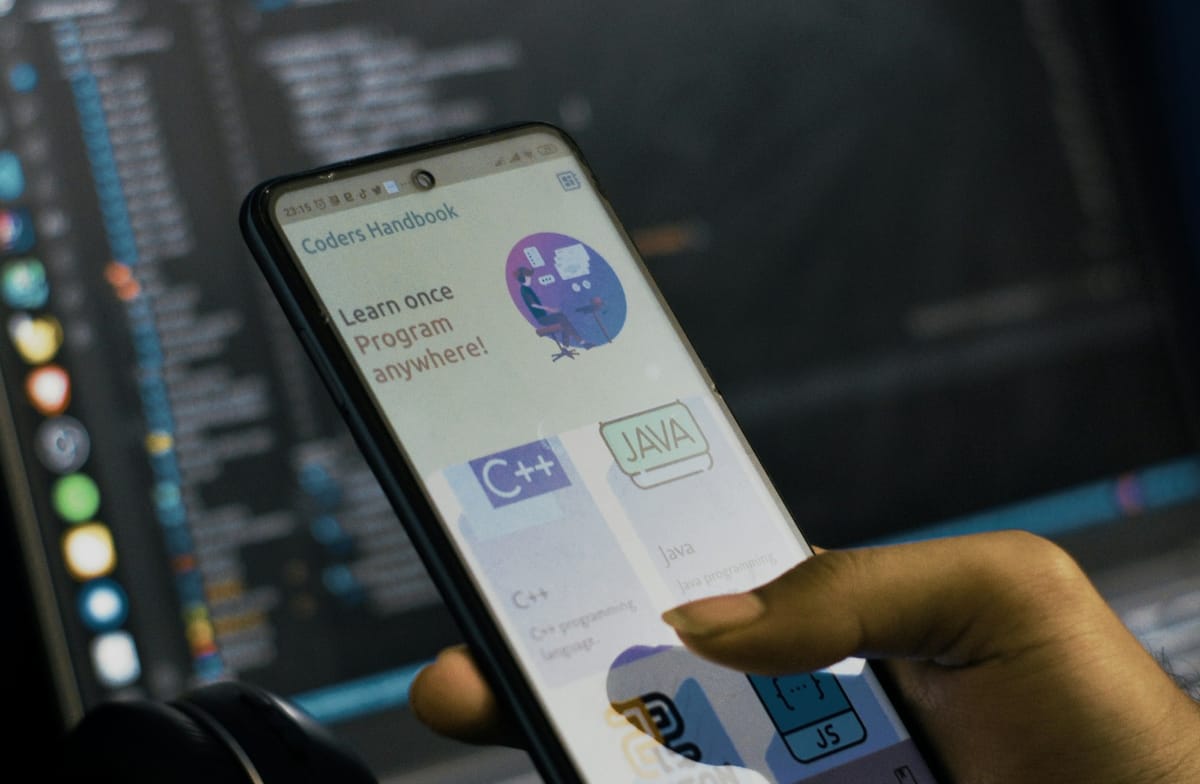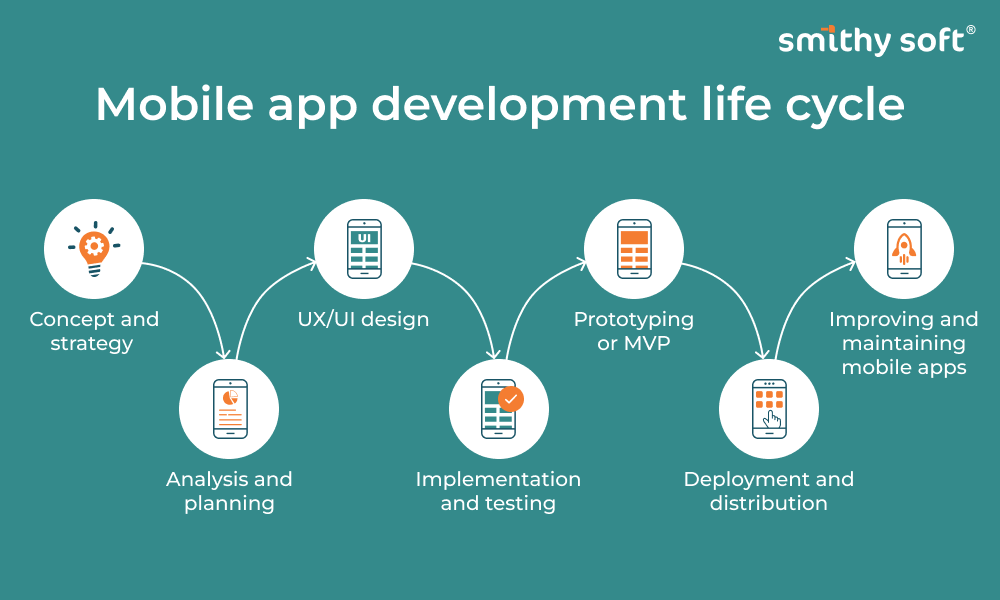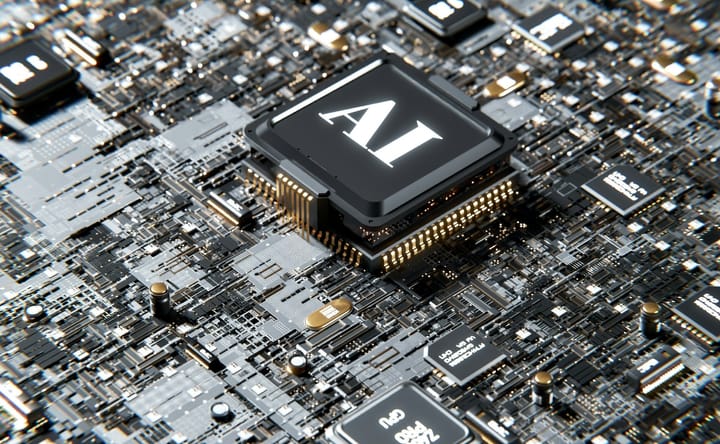The Complete Guide to Mobile App Development Process

It’s hard to imagine our lives without smartphones, without all those useful and convenient features. The number of phone owners grows each year. In 2024, there will be more than 4.8 billion new phone users, and the number will reach 6.4 billion by 2029.
Alongside this constant user influx, the time spent on the phone’s usage increases as well. The researchers counted that during a day, the user grabs their phone 58 times per average, which also means every 20-25 minutes. In half of the cases, they use a telephone only 3 minutes after the last session.
These are undeniable arguments for the fact that mobile apps are the most demanded product in the world. They elevated the comfort, convenience, speed, and productivity of our lives.
Every year, Google Play Store and Apple App Store gain tens of thousands of new applications. This mobile app industry has worked for over ten years already, bringing billions of dollars of income to Google, Apple, and thousands of app developers. Indeed in 2003, consumer spending for Android and iOS apps combined amassed 134.8 billion dollars. It is a weighty argument to bet on mobile technology and app development.
What is the App Development Process?
The mobile app development (MAD) process outlines the entire development cycle from the moment the app was just a roughly sketched idea to development and execution. The MAD process is a set of procedures related to the creation of software or applications that we use on our mobiles and tabs.
There are things that differentiate mobile and desktop app development. They are functionality, reliability, flexibility, accessibility, portability, efficiency, maintainability, usability, and responsiveness, integrated to meet current user requirements.
How much time MAD takes?
A mobile app development may take from a few weeks to a year, depending on factors like complexity, features, target platforms (iOS, Android, or both), your developers’ team, and project requirements. Basic mobile applications with minimum options and features can be developed by a mobile app development company in a few weeks to a couple of months. However, corporate applications with a high complexity level, security requirements, and present system integrations can take a whole year and even more to build.
What is the life cycle of mobile app development?
Every day, while using mobile apps as end users, we deal only with the result of the final stage of software development. However, before the app becomes available to users, it has to undergo a multi-stage action program which is called a software life cycle.
From the moment when an idea is born to the moment when it becomes a trendy and useful app in Google Store or App Store, the development process follows its “life cycle”. This cycle not only determines the way the application is applied but also directly impacts its viability and success.
Step-by-step mobile app development process

The mobile app development life cycle can be divided into several stages:
- Concept and strategy
This is an initial stage that builds the basis of the project before the creation of the code and User interface. At this stage, the idea is born, and the project life cycle begins.
It’s time to determine the idea, sketch the problems, figure out what exactly needs to be created, who the end user is, and what the project goal is. Also, you need to define features and tech requirements, conduct a competitors research, and “translate” human language into technical documentation.
- Analysis and planning
By this time, you have a solid idea, have conducted some research, and know the general direction where you should move. Now it’s time for some specifics.
First of all, you need to define the actions that you plan your software will do. Tasks that it has to perform will be gathered in your functionality requirements papers. This way, you will get a better idea of which features to develop.
Next, you need to think about the non-functional requirements of the software you’re about to create. The non-functional requirements define the quality attributes of the system; they describe how the system should work and how the product must behave. It’s very important for adequate cooperation with the end user.
Then you need to develop your application’s road map. This has something similar to creating a detailed plan for conquering your final goal.
The planning stage also includes a clear description of the project scope and setting the boundaries; estimating the project budget, determining the effective number of employees; project delivery terms, and assessment of procurement needs.
- UI/UX design
The next important step is to create a UX/UI mockup. It begins by creating a low-fidelity (Lo-Fi) mockup, which allows initial visualization of the interface and experience. Subsequently, a high-fidelity (Hi-Fi) prototype is developed, which provides a more detailed rendering of the look and feel of the final design.
The Hi-Fi prototype allows the validation of the concept and adapts it to the user's expectations and is a key tool in the development of an application. It puts the user in the center, and the functional appearance of a particular digital product is built around the user's needs. You can focus on the elements that really matter and avoid wasting time and resources on unnecessary features, thanks to a thorough understanding of user and market needs.
- Implementation and testing
At this stage, the project that was just a concept becomes something real. Developers begin coding following predetermined guidelines. Choosing the proper platform, technology, and backend helps create programs that will also prove themselves in the market.
Before choosing of an operating system – Android, iOS, or both – consider the preferences of the target user group and market trends. The next step is to select a programming language such as Kotlin or Swift. Weigh all pros and cons carefully, as the language directly impacts the app’s performance and capabilities.
Decisions regarding internal infrastructures and tools determine the scalability, security, and performance of applications. Additionally, choosing interface solutions like the React Native or Flutter platform allows for efficient development across different platforms without the need for uncomfortable compromises, writes CodeAgency.
By the way, if your application requires data storage, the design and development phase is the perfect time to ensure the right database solutions are in place. All technological decisions must be made in the context of current trends and user expectations, ensuring competitiveness and meeting today’s market demands.
- Prototyping or MVP
Prototypes or Minimum Viable Products allow us to imitate users’ actions and the whole application operating process. This way, you can have a good image of how everything will work. This stage of the process can take quite some time but don't neglect it. When done right, a prototype can help you identify any design and functionality flaws that can be fixed early on, avoiding significant reputational and financial losses.
Create a prototype and give it to users to quickly get a sense of how it works and feels. Honest feedback from them will guide you in the right direction for future development stages, error fixing, and other enhancements.
- Deployment and distribution
After the stages of development, coding, testing, and prototyping are done, the next and most crucial steps are deployment and distribution. The moment when you launch the app simultaneously on platforms like Android or iOS becomes the point at which the app starts “living”. This phase is pivotal.
Keep in mind that successful deployment involves careful setup and a plan for ongoing maintenance. This includes regular updates, ongoing technical support, and planned bug fixes.
During the distribution stage, the software is made available to users via app stores such as Google Play Store or Apple App Store. Remember to follow the rules and regulations of the platforms mentioned. This way you ensure that your app will successfully become internationally available and reach the intended audience anywhere at any time.
Promoting your application within the app stores and through marketing strategies is crucial. To make it most effective, remember to leverage physical advertising and targeted social media campaigns.
- Improving and maintaining mobile applications
Mobile applications are dynamic tools that require constant improvement and attention in order to remain relevant to users’ changing needs and trends. After deployment, the work doesn’t stop, but it actually just beginning to unfold. Mobile apps need constant updates to keep up with the latest OS updates, accessibility guidelines, and performance standards. If you don’t keep up, your product won’t live for long enough to justify the investment.
So, be sure to consider the fact that mobile app maintenance involves constant monitoring, identifying, and fixing any bugs or malfunctions. It's up to you to decide whether you'll maintain it yourself or outsource it.
CONCLUSIONS
MAD is a complex but, at the same time, necessary and promising process for business. Considering the fast growth of mobile solutions and widespread smartphone usage, the app market will expand further and further.
Mobile app development is also a labor- and time-consuming process that involves a lot of people with different responsibilities and specializations (at the very least, you need front- and backend developers, UI/UX designers, business analysts, project managers, and quality control specialists).
The whole development process consists of several stages. The exact number of them will vary depending on each project, but the majority of the apps undergo a similar way starting from inception and to deployment.
How long does it take to develop a mobile app?
There are a great number of factors that can influence the development time, such as the size of the team, the number and complexity of the app’s features, the technologies used, the design specifics, and many more. It’s hard to say how long it will take to develop a specific mobile app without a proper analysis.
How much does it cost to develop and test a mobile app?
Contact us, and after learning a few key details, we’ll answer that question for you!


